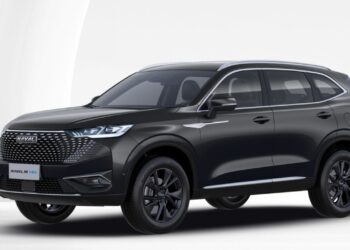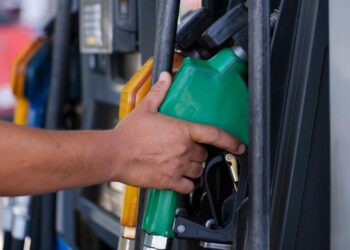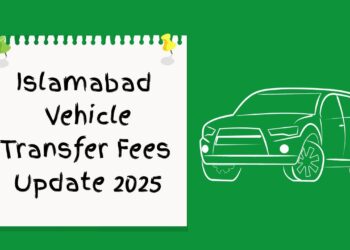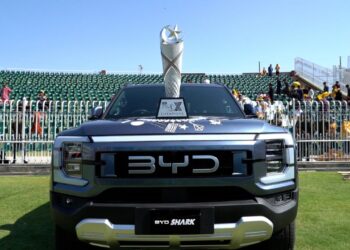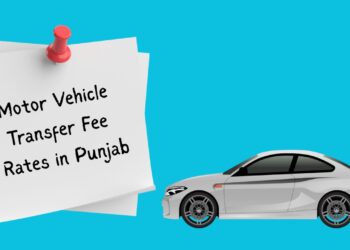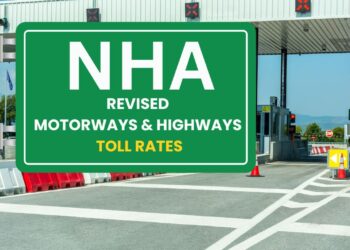If you are planning to buy a scooty and are confused between a petrol scooty and an electric scooty, here is a full, easy-to-understand comparison based on real running costs.
This comparison is just to give you an idea of how much difference in overall costs there is when choosing an electric scooter vs. a petrol scooter.
Let’s assume you drive 40 kilometers daily for your commute.
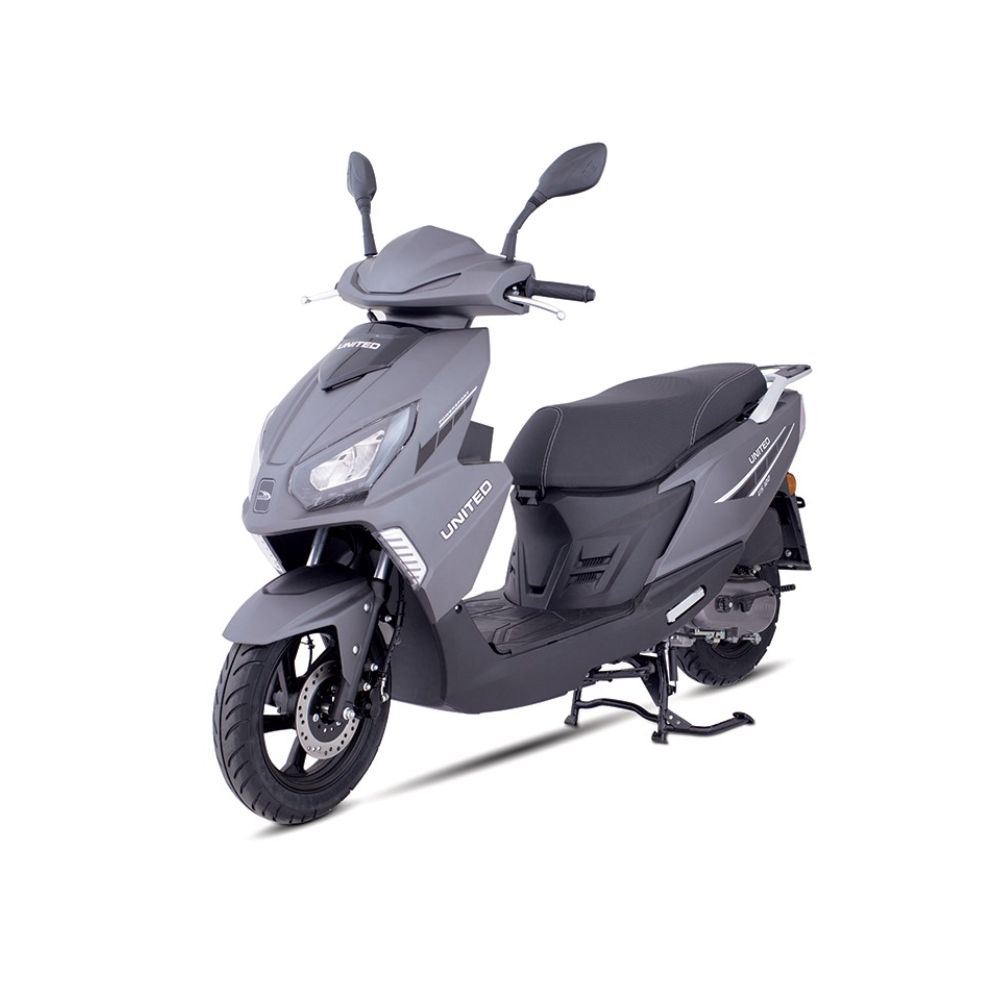
Option 1: United 100cc Petrol Scooty
- Price of scooty: Rs 275,000
- Fuel average: 40 km per liter
- Petrol price: Rs 258 per liter
- Oil change cost: Rs 800 (after every 1,200 km, about every 30 days)
- Oil filter cost: Rs 1,000 (after every 3 oil changes, about every 90 days)
Daily fuel cost:
- 40 km needs 1 liter of petrol
- Daily petrol cost = Rs 258
Monthly costs:
- Petrol = Rs 258 × 30 = Rs 7,740
- Oil change = Rs 800 every month
- Filter cost spread over 3 months = Rs 333 per month
Total monthly cost = Rs 7,740 + 800 + 333 = Rs 8,873
Two-year cost:
- Monthly cost × 24 months = Rs 212,952
- Add purchase price: 275,000 + 212,952 = Rs 487,952

Option 2: Electric Scooty
- Price of scooty: Rs 260,000
- Full charge covers: 50 km
- Electricity unit cost: Rs 50
- Consumption per full charge: 1.5 units
- Battery life: 400 charging cycles (about 20,000 km)
- New battery cost after battery life ends: Rs 45,000
Daily charging cost:
- 40 km needs about 1.2 units
- Daily electricity cost = 1.2 × 50 = Rs 60
Monthly costs:
- Electricity = Rs 60 × 30 = Rs 1,800
- Battery cost (spread over 500 days, about 1.4 years): Rs 2,700 per month
Total monthly cost = Rs 1,800 + 2,700 = Rs 4,500
Two-year cost:
- Monthly cost × 24 months = Rs 108,000
- Battery replacement after about 1.4 years = Rs 45,000
- Add purchase price: 260,000 + 108,000 + 45,000 = Rs 413,000
Summary After 2 Years
| Type | Total 2-Year Cost |
|---|---|
| Petrol Scooty | Rs 487,952 |
| Electric Scooty | Rs 413,000 |
This post is just to give you an idea. Of course, the petrol prices never stay the same in Pakistan, and the electricity tariffs keep changing as well.
After experiencing the electric scooty, one thing is for sure: it requires zero maintenance. However, the components used by scooty manufacturers are cheap quality, and DO NOT WASH them with a pressure washer. A gentle wash is preferred. In case the water went into the indicator assembly, the circuit is too sensitive and it will malfunction.
The other problem, which is very common in Electric Scooty is the tire nozzle leaks, and finding a replacement from a tire shop is not easy. The easy hack is to buy an auto rickshaw tube and get it inside the tire. (only once the tire is punctured and the nozzle is leaking, losing air pressure on a daily basis); otherwise, the tires are tubeless in both electric and petrol scooty.
Conclusion
The electric scooty is much cheaper than the petrol scooty over two years. You will save about Rs 75,000 over two years if you go for the electric option.
Not only is the electric scooty cheaper to buy and run, but it also saves you from the frequent petrol price hikes and regular engine maintenance that petrol bikes need.
If your main goal is to save money and you usually travel around the city within limited distances, the electric scooty is a much smarter choice.
The electric scooty’s speed is restricted to 50 to 60 kmph, while the petrol scooty can go faster, to 70 kmph.
Electric scooty give you range anxiety since you have to charge them, while the petrol scooty offers the freedom to go anywhere anytime just by refueling.
Pros and cons are both based on the usage and depend on your requirements.
Currently available petrol scooties in Pakistan are the Road Prince Bella and the United Scooty 100cc, both of which have the same Chinese engine and are easy to maintain, while in the electric category, almost all are using completely knocked-down units (CKD) from China with similar controllers, batteries, and motor hubs, depending on mileage and charging units.

